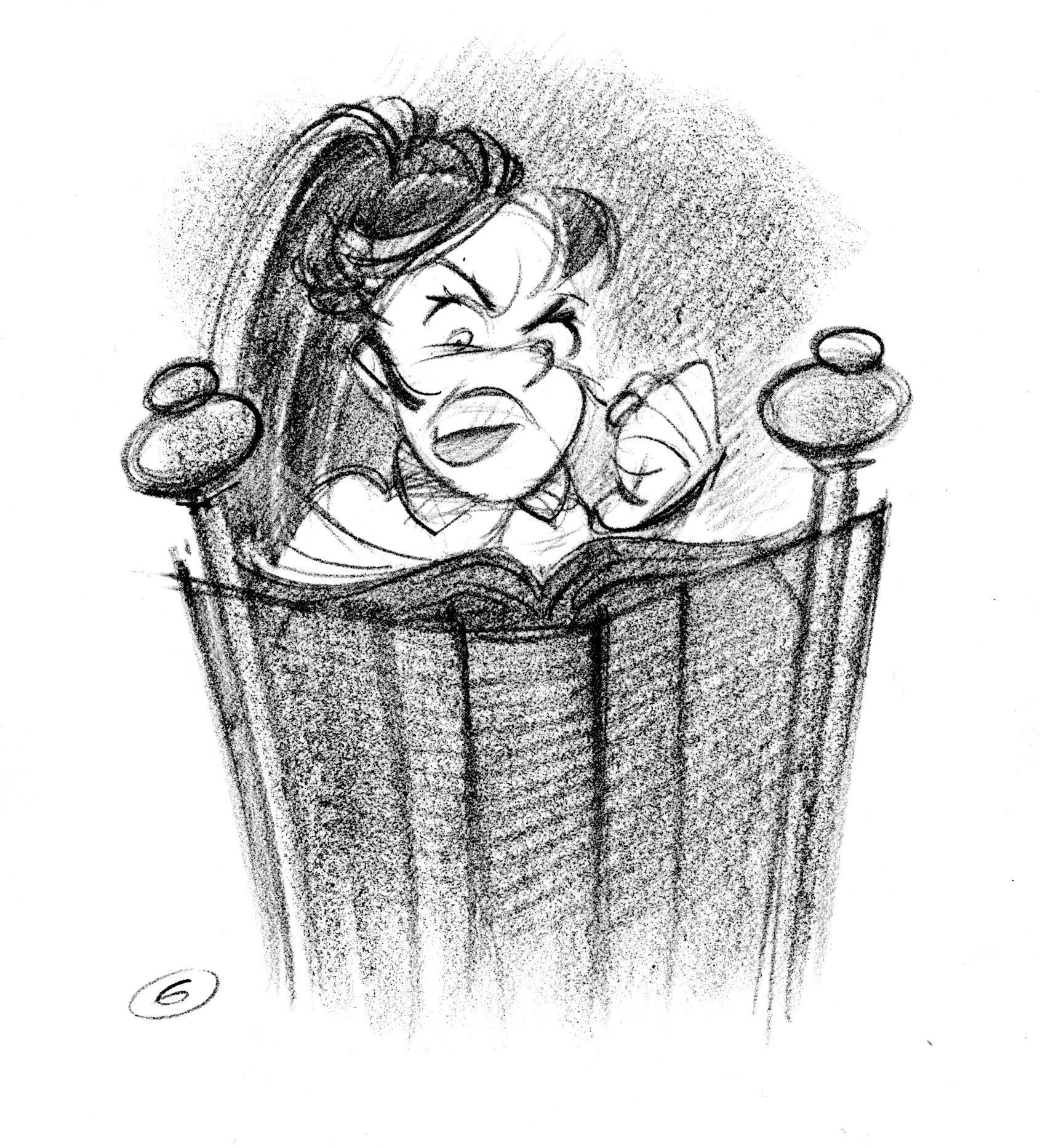Edward Teach
As a follow-up to my last post about Queen Anne’s Revenge, here is the man himself—the terrible Edward ‘Blackbeard’ Teach. I show him in close-up so you can see the slow-match fuses he used to weave into his whiskers and set alight before attacking a ship. You can find him in P is for Pirate, now available in bookstores—or drop me a line in the comments for an autographed copy.
Pirate captains were elected by their crews and could be voted out. To keep his crew in line, Blackbeard constantly showed himself to be more fierce, more outrageous than anyone else on board. Seated with his rogues during dinner, Blackbeard fired a pistol underneath the table and wounded one of the crew, just to remind them who he was.
Blackbeard had to be mindful of his crew’s appetite for liquor—for rum, an ardent spirit distilled from molasses. Without rum, a crew would mutiny, as this excerpt from Blackbeard’s log attests:
‘Such a Day, Rum all out: – Our Company somewhat sober: – A Damned Confusion amongst us! – Rogues a plotting; – great Talk of Separation. – So I looked sharp for a Prize; – such a Day took one, with a great deal of Liquor on Board, so kept the Company hot, damned hot, then all Things went well again.’
- Thumbnail for pp 30/31. The opera box scene was dropped.
- Comp sketch for page 30.
- Thumbnail sketch for pp 30/31. The opera boxscene was dropped.




























